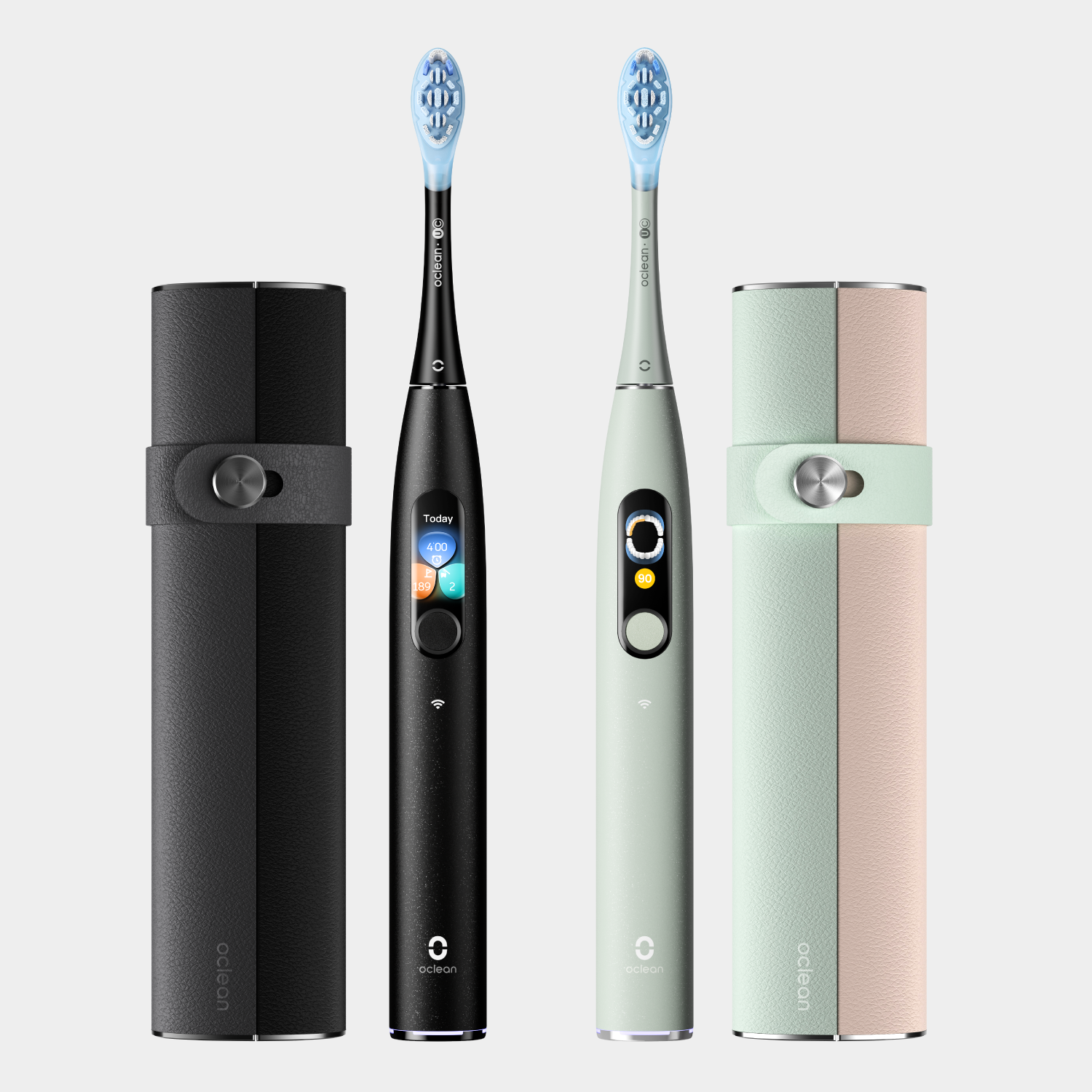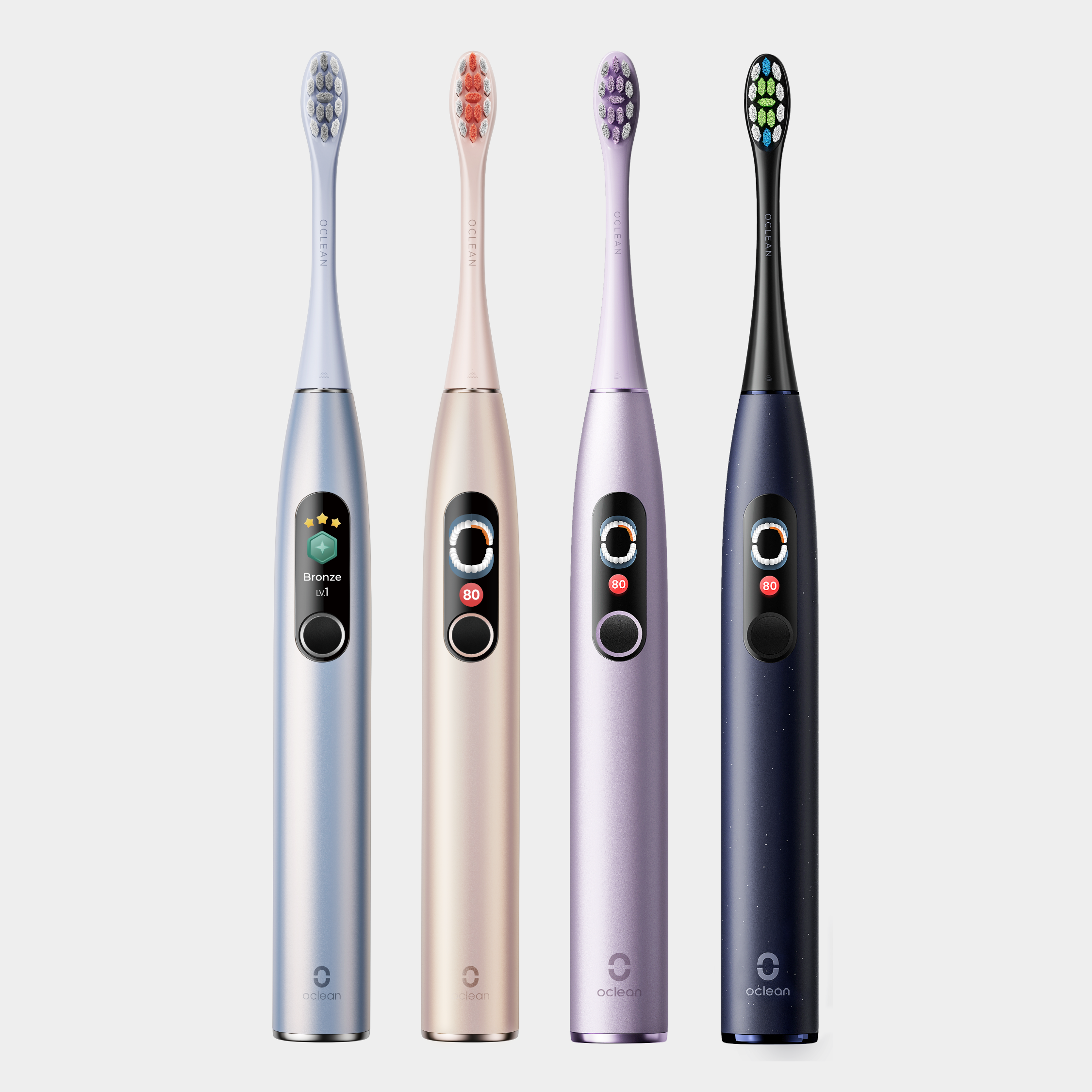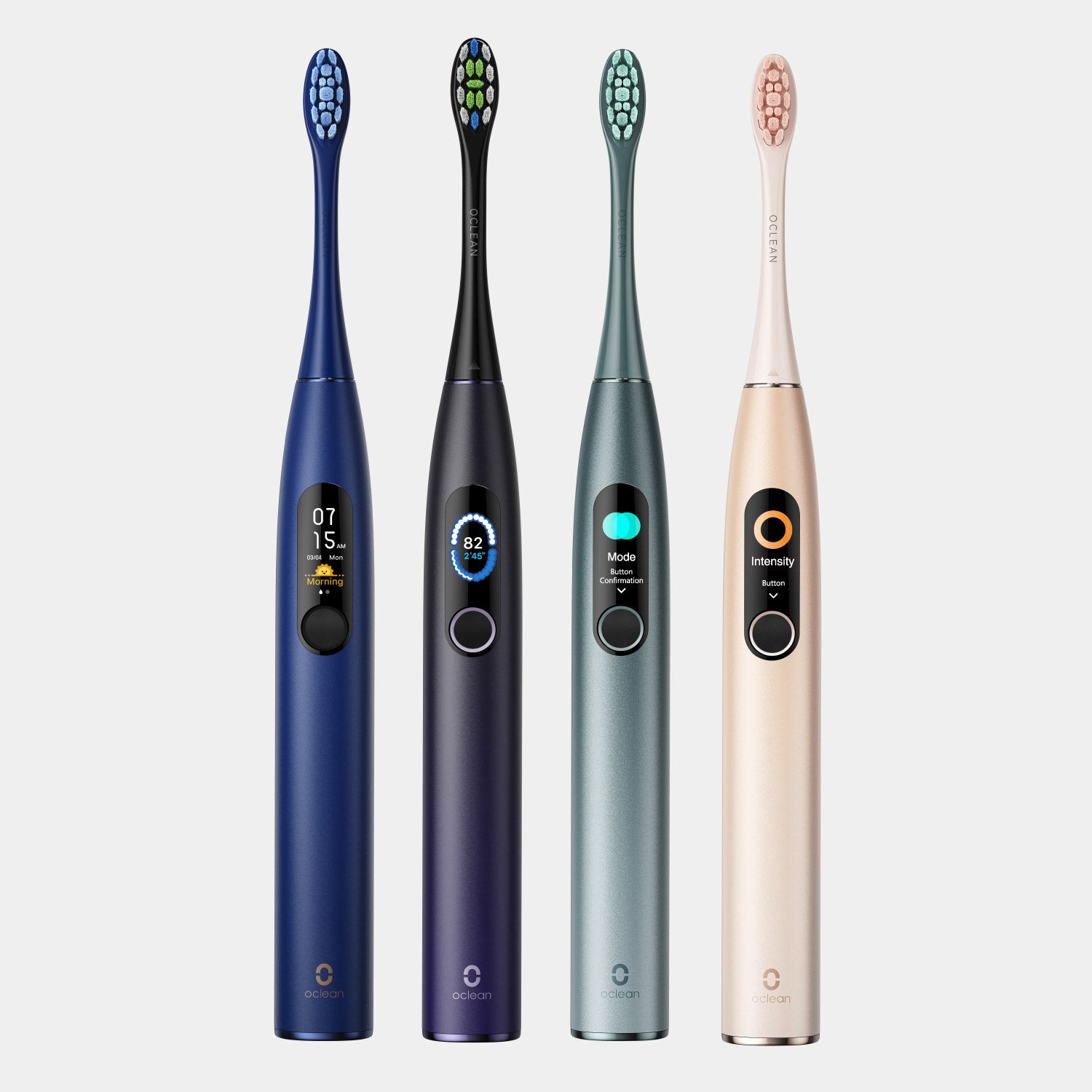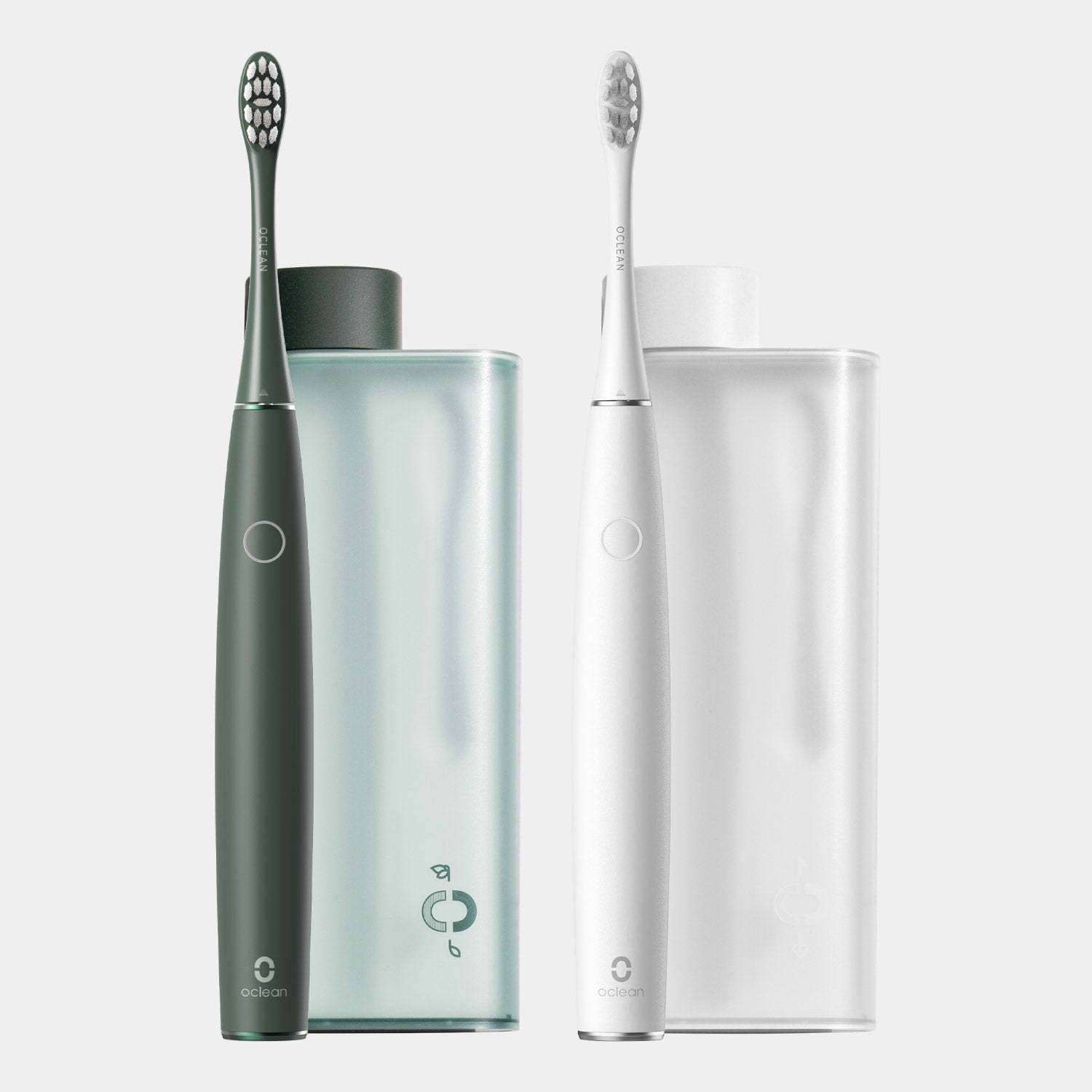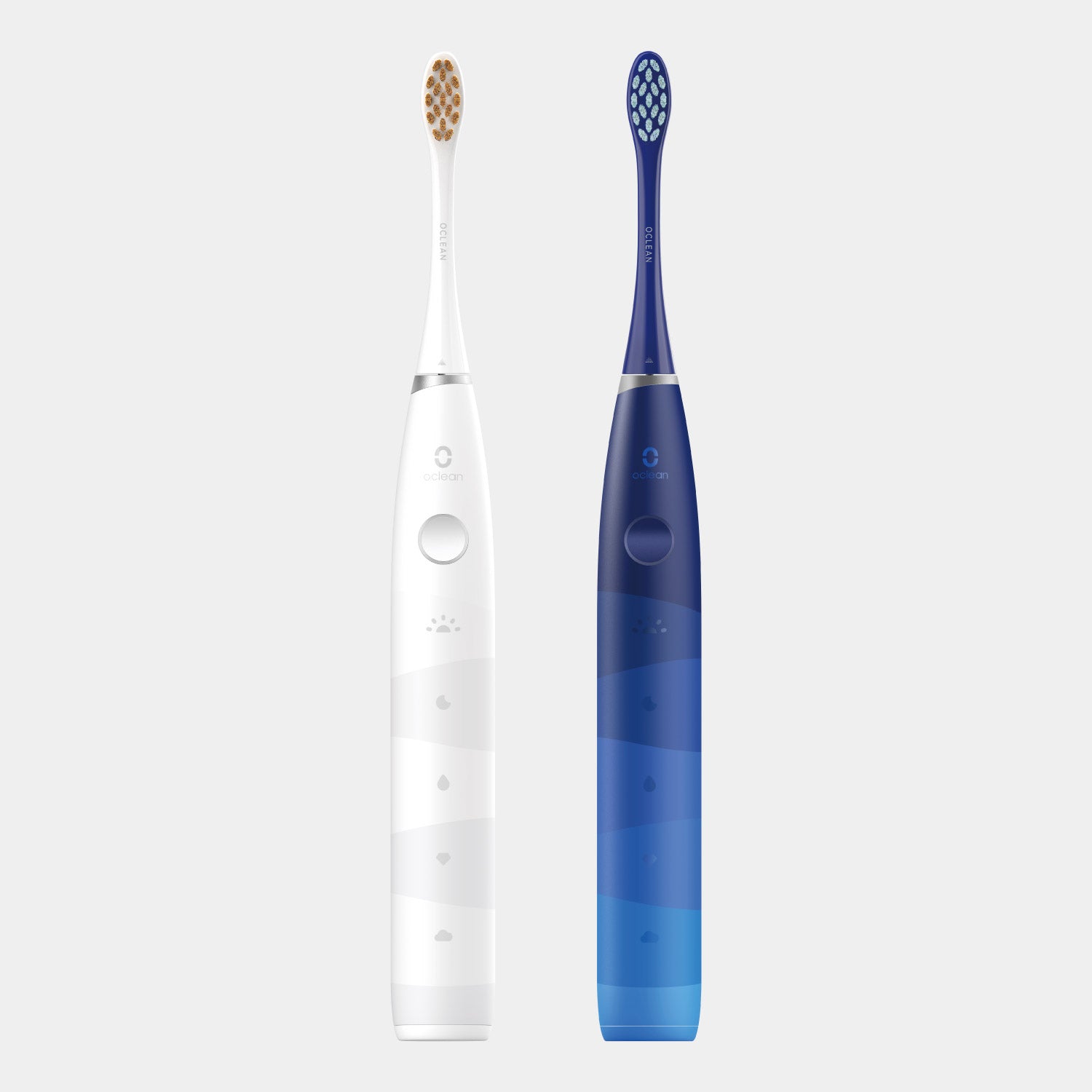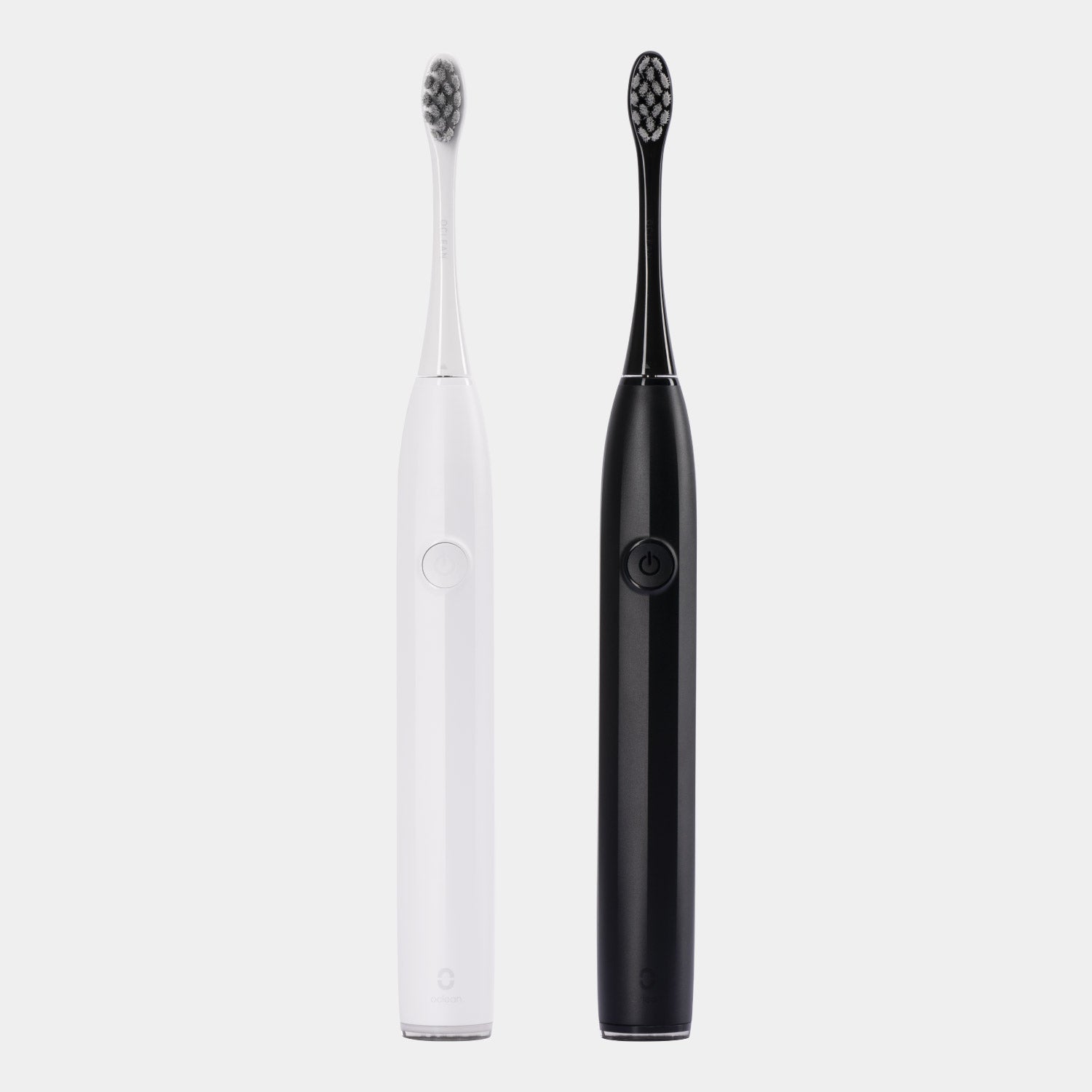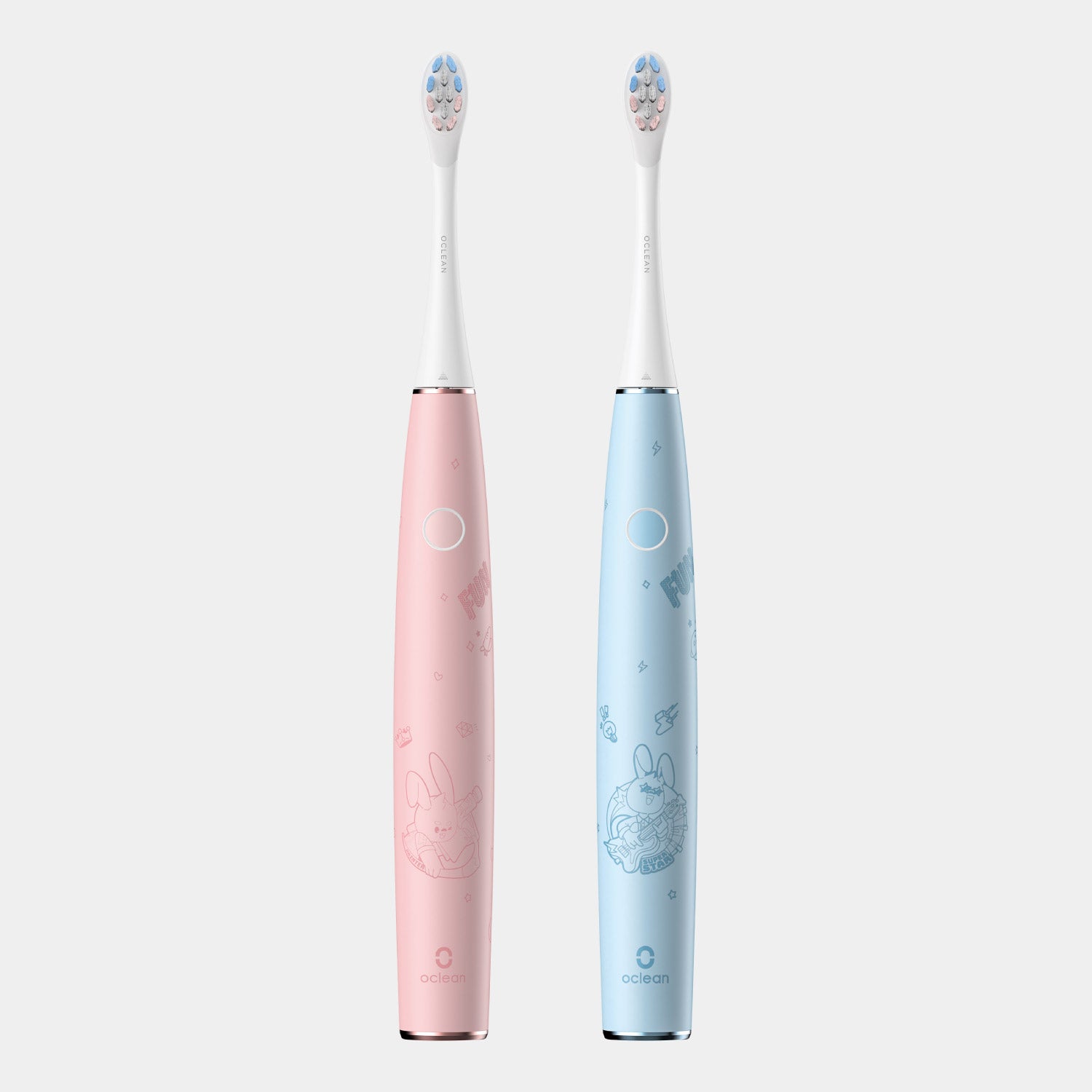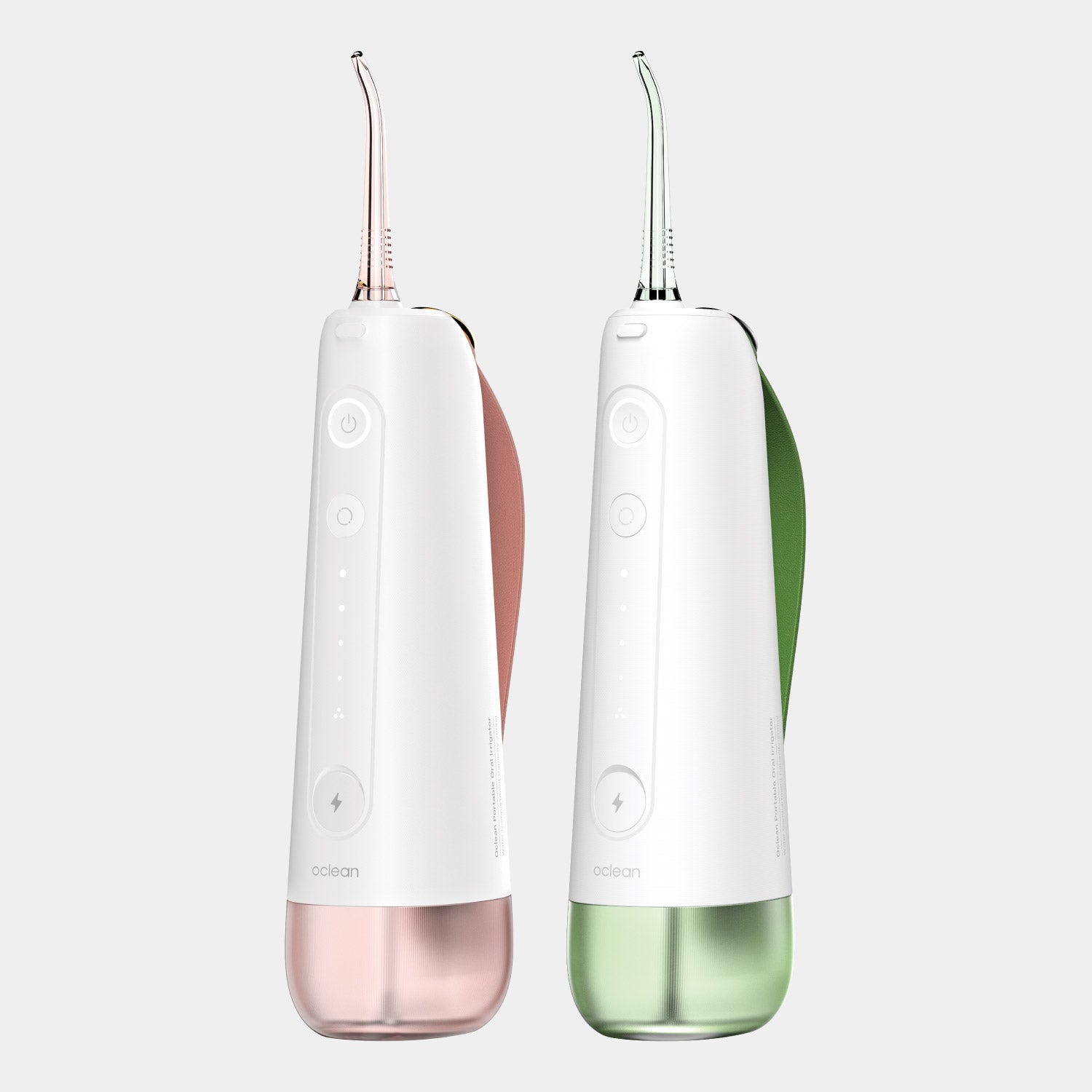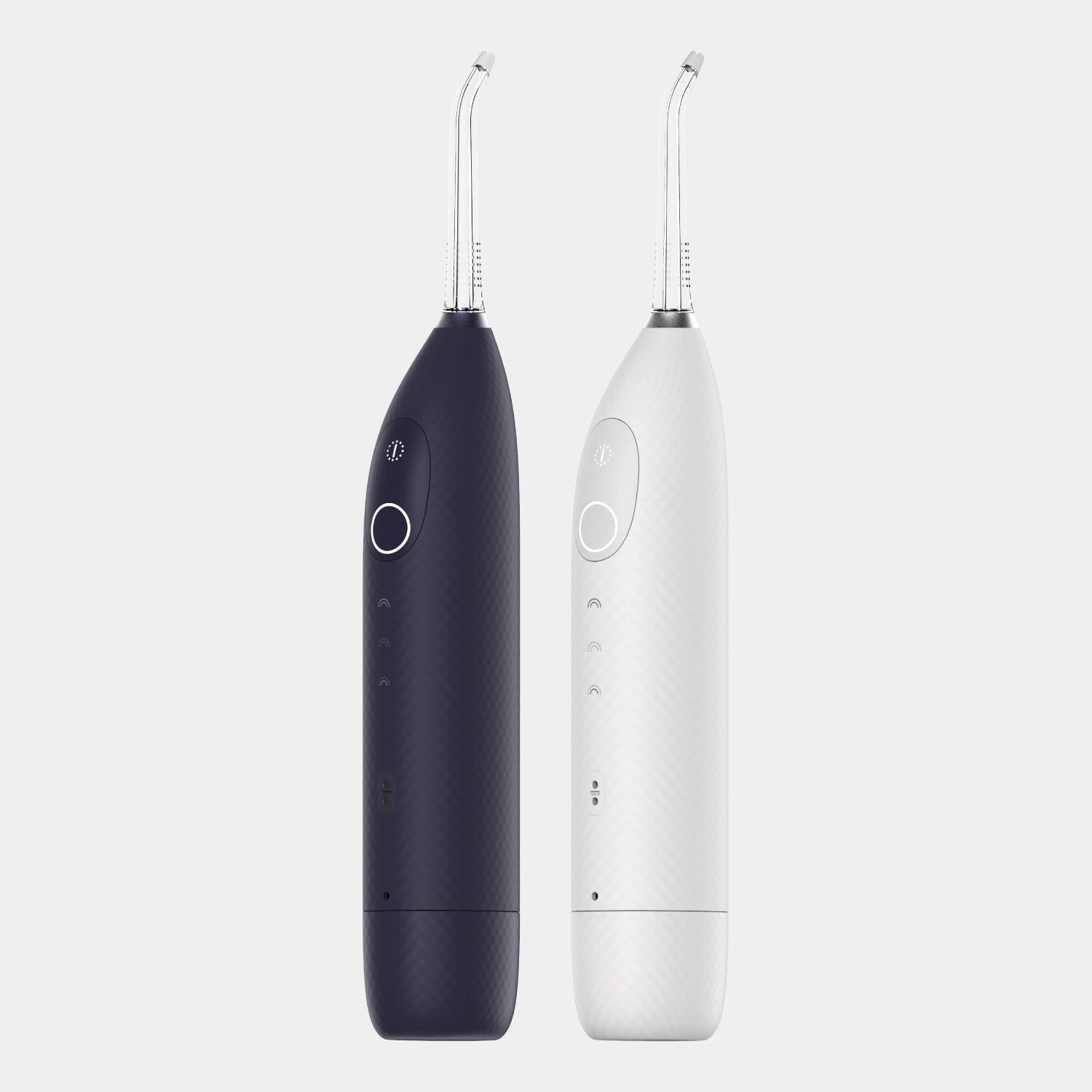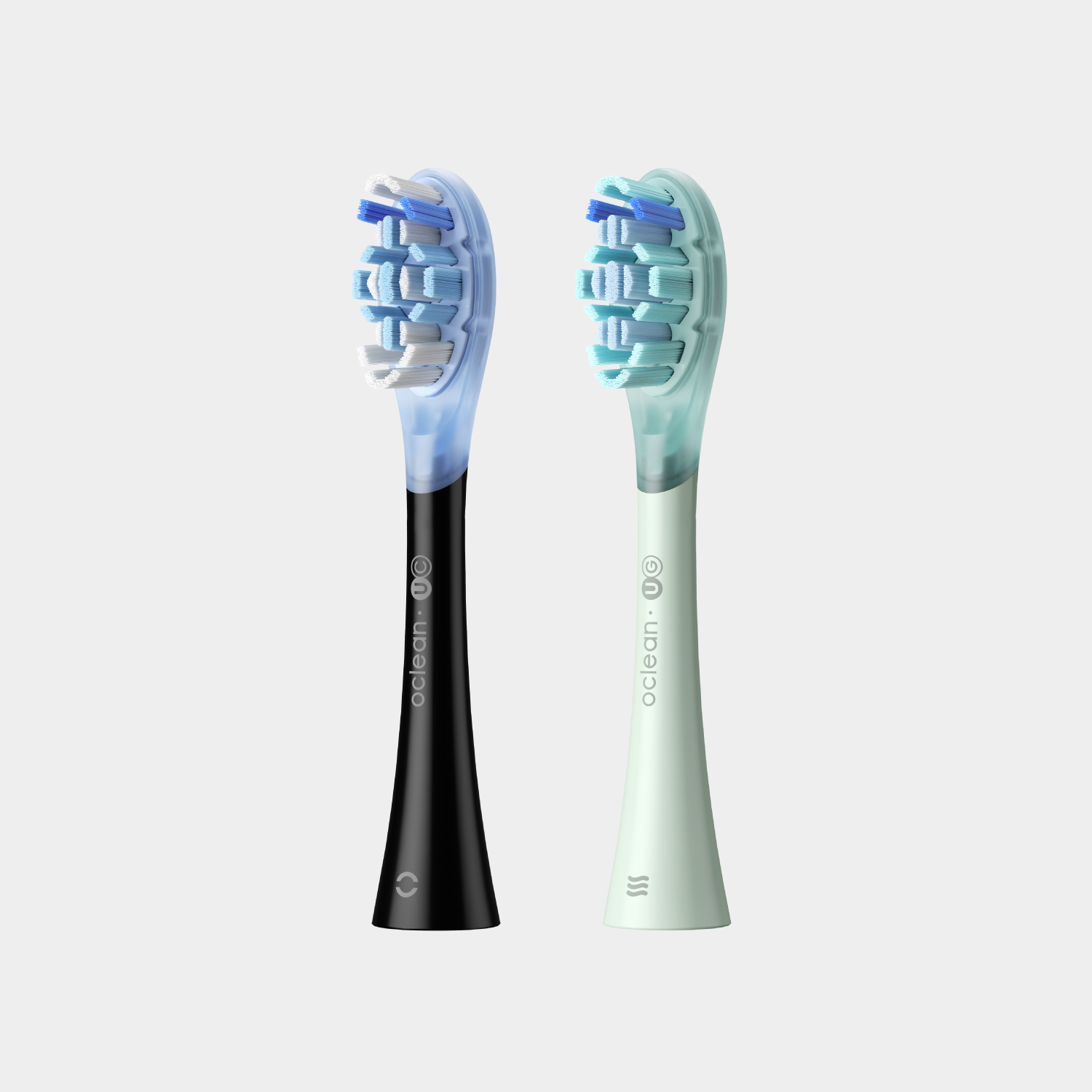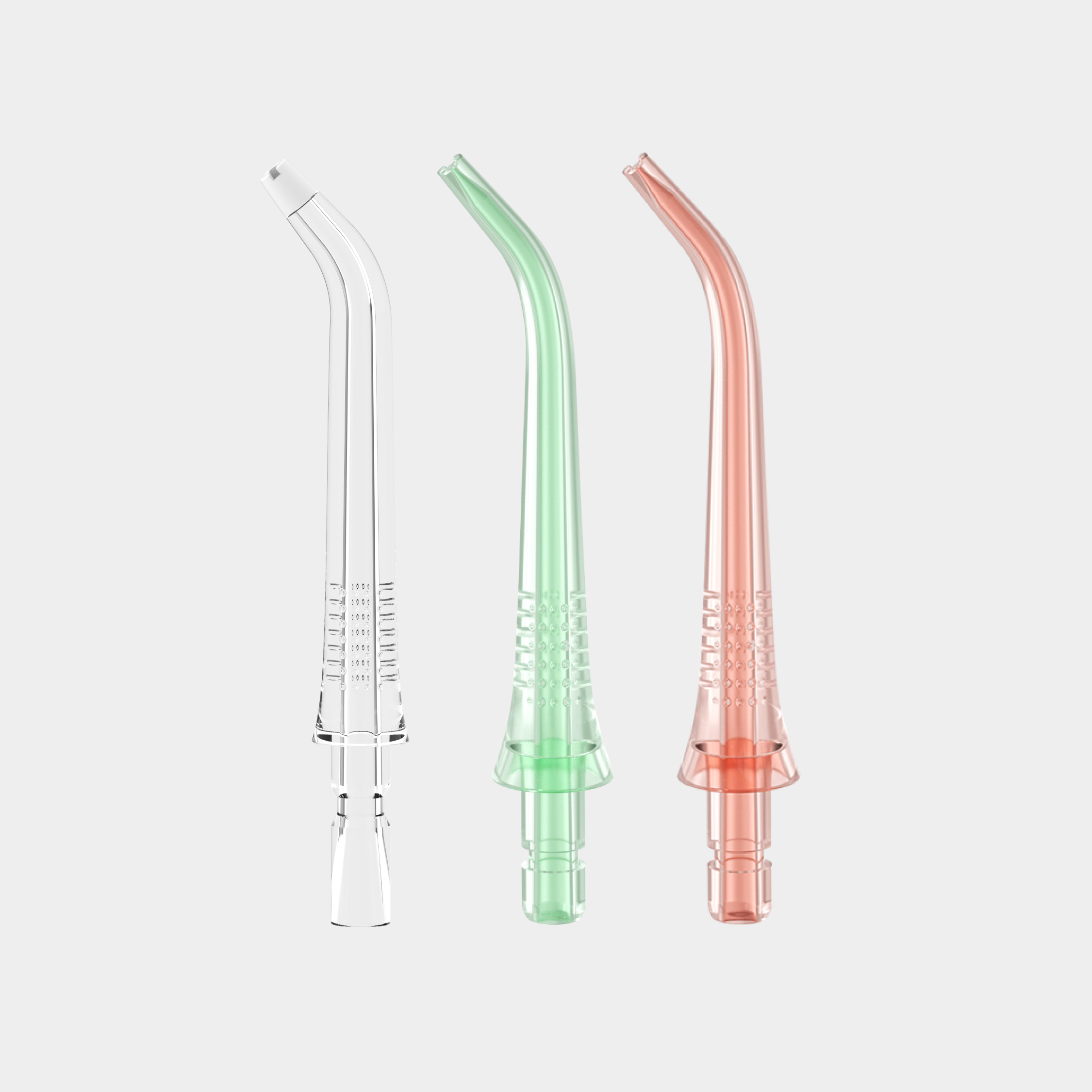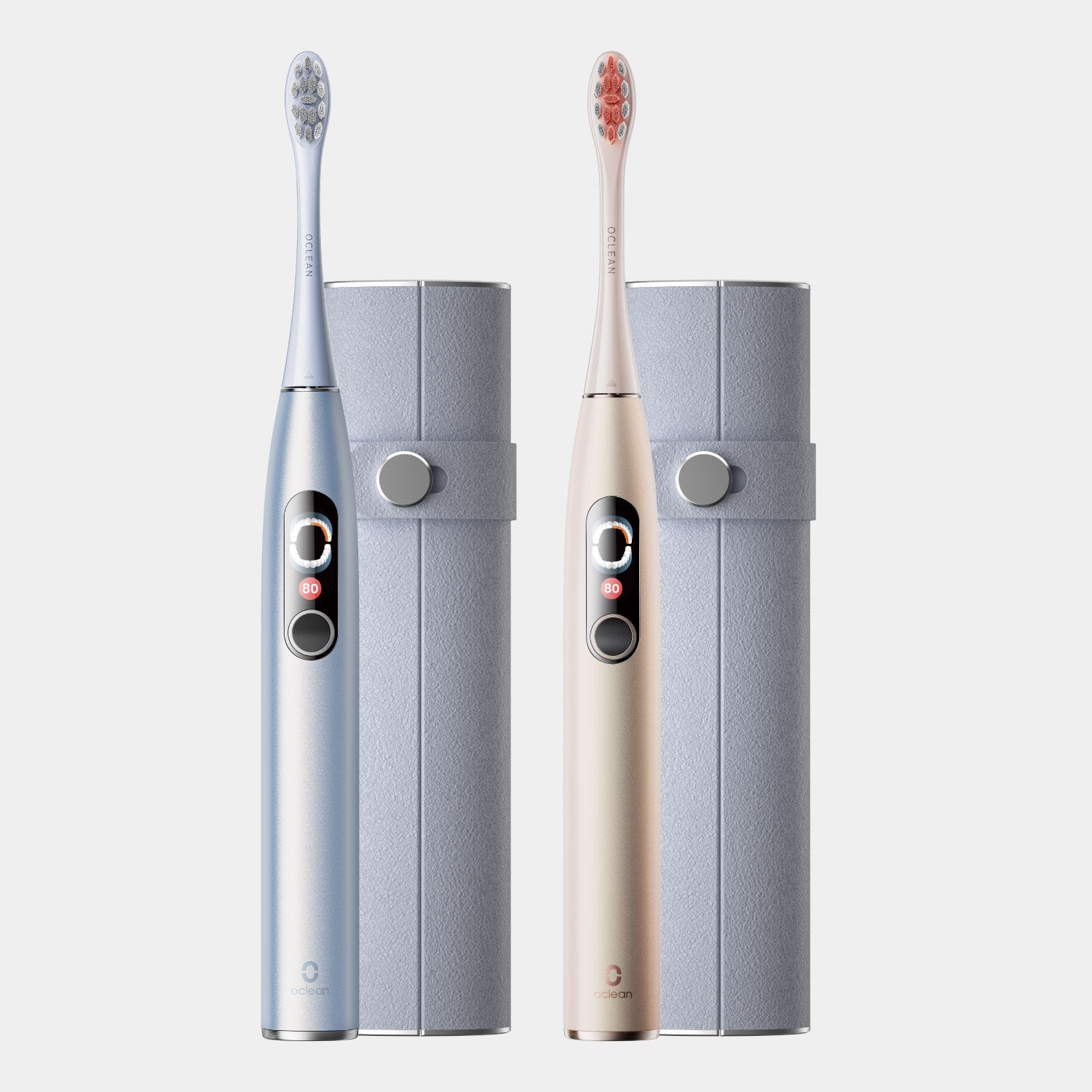After undergoing a tooth extraction, many soda enthusiasts have burning questions about when they can safely indulge in their favorite fizzy beverages. In this article, we'll address some frequently asked questions for those who can't resist soda even after having a tooth pulled.
When Can I Resume Drinking Soda After Tooth Extraction?
Typically, it's advisable to wait for 24 to 48 hours before reintroducing soda into your diet. During this initial healing period, it's crucial to adhere to your dentist's post-op instructions and consume a soft or liquid diet to prevent dislodging the blood clot.
You might be wondering, why is preserving the blood clot so important? Well, dislodging it can lead to a dreaded condition called "dry socket," known for causing extreme pain.
Once you've passed the initial healing phase, you can gradually reintroduce carbonated drinks like soda. However, keep in mind that soda contains acids and sugars that can harm your teeth, increasing the risk of tooth decay.
What Happens If I Continue Drinking Soda After Tooth Extraction?
If you persist in sipping soda after a tooth extraction, you're courting trouble with potential consequences:
Dry Socket: Carbonated beverages like soda can disrupt the blood clot at the extraction site, leading to a dry socket. This excruciating condition necessitates immediate dental attention for pain relief and delayed wound healing.
Tooth Decay: Soda is a haven for bacteria due to its high sugar and acid content. Excessive soda consumption can contribute to tooth decay by eroding enamel, leading to cavities.
Delayed Healing: Inflammation is a normal part of the healing process, but soda's sugar content can exacerbate it, resulting in delayed healing.
Increased Infection Risk: Soda's high sugar content fosters bacterial growth in your mouth, heightening the risk of infection at the extraction site.
Hence, it's vital to avoid soda immediately following a tooth extraction to ensure a smooth and speedy recovery.
Alternatives to Soda
During the initial 24-48 hours post-tooth extraction, you can opt for alternatives to satisfy your beverage cravings:
Herbal Tea: Caffeine-free herbal tea soothes the extraction site and aids healing with its antioxidants.
Smoothies: Fruit and vegetable smoothies offer a tasty alternative, providing essential nutrients and hydration without disturbing the extraction site.
Water: Staying well-hydrated with water is crucial for healing and keeps the extraction site clean by flushing out food particles.
Fruit Juice: Fresh fruit juice is a good option, but dilute it with water to reduce acidity and sugar content, and be cautious of fruit seeds.
Milk and Dairy Products: Rich in calcium, milk and dairy products contribute to healing and tooth strength.
Avoid using a straw when consuming these alternatives, as it may dislodge the blood clot and impede healing. After eating or drinking, gently rinse your mouth with warm salt water to maintain cleanliness and encourage healing.
One Essential Post-Tooth Extraction Step
After a tooth extraction, oral care is often overlooked. It's crucial to continue brushing your teeth twice daily while avoiding the extraction site. Smart sonic electric toothbrushes, such as those offered by Oclean, are ideal for maintaining oral hygiene during this period.
In addition to brushing, rinse your mouth with warm salt water (saline rinse) regularly to prevent bacterial growth and promote healing. To make a saline rinse, simply add ½ teaspoon of salt to a glass of water.
In Conclusion
You can resume drinking soda after 24 to 48 hours post-tooth extraction. However, immediate soda consumption can lead to complications like dry socket, delayed healing, infection, and tooth decay. This article has discussed alternatives to soda during the initial healing period.
Remember to maintain proper oral hygiene by brushing your teeth regularly with a smart sonic electric toothbrush, taking care around the extraction site.


